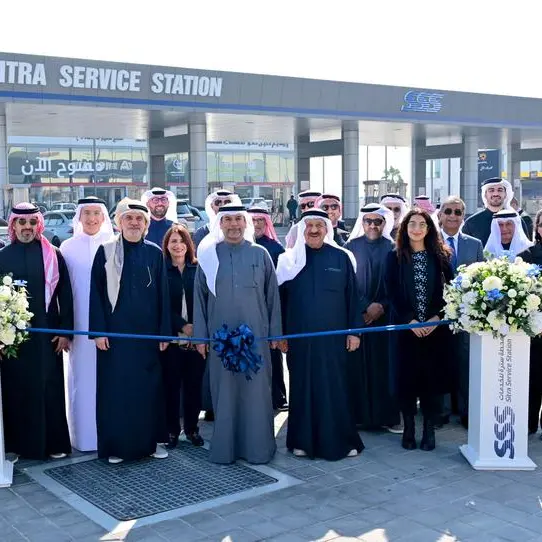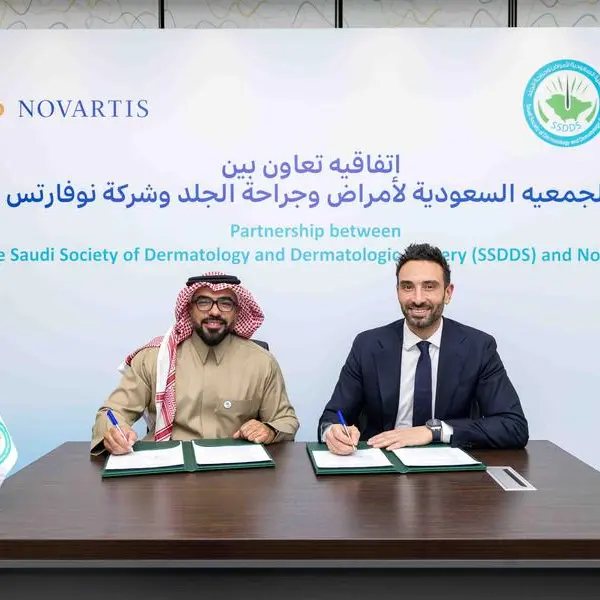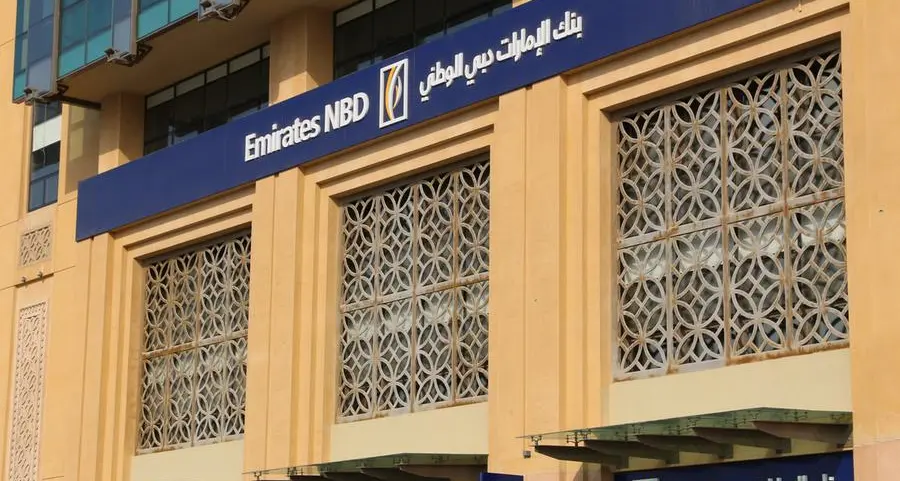The Food and Agriculture Organization of the United Nations (FAO) delivered training aimed at building capacity of relevant national institution for the use of Earth Observations data and machine learning to produce annual national land cover maps and to extract land cover statistics.
Lesotho’s landscape is suffering from severe land degradation and soil erosion caused by human activity as well as climate change. Up to date, land cover information on the status of national natural resources is critical for evidence-based decision making in the protection of the natural resource base and safeguarding of rural livelihoods.
The training was conducted under the FAO project “Land Cover Data for Integrated Catchment Management (ICM) in Lesotho” financially supported by the European Union through GIZ. The project is Coordinated by the Ministry of Water, ICM Unit, on behalf of the Government of Lesotho.
Participants of the week-long training are now able to produce annual land cover maps and to extract statistics at national and subnational level, and share the outputs using web GIS technology.
“Landcover data is crucial in all planning. It is really important in monitoring how our cropland is doing and those involved in animal production can check the status of grassland. We were concerned about the grassland, the shrubland and the cropland; knowing the shrinkage or increasing of the Landcover classes will be crucial for that,” said Selebalo Ramakhanna, Soil Senior Research Officer, Ministry of Agriculture and Food Security, who attended the training.
“This GIS is a useful tool in soil science, hydrology and forestry. It will give a general picture of the natural resources of the country at present and in the future. Lesotho is one of the degraded lands in the world. It will have a role to play in the planning and consequent development of the country,” said Prof Fisseha Itanna of the University of Lesotho.
Better planning, better investments
The country’s first Land Cover Atlas jointly developed by the Government of Lesotho and FAO in 2015, served as the first baseline that was employed by the Government for many applications, allowing for land monitoring and planning.
Landcover information is used both at technical level and decision-making level, to produce indicators that can be used to prioritize investments, identify hot spot areas that need urgent interventions, and to communicate information in a transparent way.
“Government needs to keep this information up-to-date to ensure the continuity of such activities and further develop more in response to emergent needs of the country. This training is part of the capacity building of government and partner institutions in generating and utilizing statistics from the land cover database and atlas that FAO is delivering under this project,” said David Mwesigwa, FAO Project Coordinator, Lesotho.
Additionally, the Landcover data will be used within the government’s Integrated Catchment Management (ICM) programme – a joint initiative by the Government and partners; the European Union and Germany – that seeks to restore and conserve the natural resources of Lesotho and the Orange-Senqu River Basin.
Building competences, and free tools
The Lesotho land cover data will establish the current status and identify long-term trends of key natural resource in the country. The data will facilitate the measurement of land degradation of different scales ranging from the plot level to the national level. The methodology is based on a combination of multi-temporal remote sensing (satellite, airborne and UAV imagery) and primary data collection tools and instruments, some of which are currently being used by the different ministries dealing with land and water resources.
On the first half day of the workshop, participants were initially exposed to the key component of FAO’s newly developed land cover mapping methodology, and the supporting theoretical framework. Subsequently the rest of the Workshop was dedicated to hands-on exercises during which participants could carry out all the steps along the land cover data production chain. Finally, they could individually create a national land cover map for the reference year 2021. The training relied on use of free online tools selected by FAO and further customized for Lesotho. As a result, participants could both build new competence and add new tools to their arsenal.
FAO has also developed a Land Cover dashboard to facilitate the extraction of land cover statistics and EO derived environmental indicators. The dashboard is in a prototype version and will be refined based on feedback from National Institutions in Lesotho.
“We are filling that gap leveraging on new technologies and methodologies, and specifically free open observation data and the use of cloud computing to accelerate computation, and machine learning and Artificial Intelligence to shift from visual interpretation of satellite images to almost automatic quantitative analysis of spectral and textural characteristics of the images,” said Lorenzo DeSimone, FAO Geospatial Officer.
FAO is supporting a number of countries in the modernization of their National Statistics Offices, through the use of Earth Observations (EO) data as an alternative data source, and through the adoption of standardized EO methods.
For grazing communities
At grassroots/community level, the Landcover information will help farmers the end users, through the assistance of extensions, to better plan their grazing systems. The land cover data is in fact allowing to detect hotspots of degradation that should be prevented from further grazing until healthy vegetation recovers.
Distributed by APO Group on behalf of FAO Regional Office for Africa.
© Press Release 2021
Disclaimer: The contents of this press release was provided from an external third party provider. This website is not responsible for, and does not control, such external content. This content is provided on an “as is” and “as available” basis and has not been edited in any way. Neither this website nor our affiliates guarantee the accuracy of or endorse the views or opinions expressed in this press release.
The press release is provided for informational purposes only. The content does not provide tax, legal or investment advice or opinion regarding the suitability, value or profitability of any particular security, portfolio or investment strategy. Neither this website nor our affiliates shall be liable for any errors or inaccuracies in the content, or for any actions taken by you in reliance thereon. You expressly agree that your use of the information within this article is at your sole risk.
To the fullest extent permitted by applicable law, this website, its parent company, its subsidiaries, its affiliates and the respective shareholders, directors, officers, employees, agents, advertisers, content providers and licensors will not be liable (jointly or severally) to you for any direct, indirect, consequential, special, incidental, punitive or exemplary damages, including without limitation, lost profits, lost savings and lost revenues, whether in negligence, tort, contract or any other theory of liability, even if the parties have been advised of the possibility or could have foreseen any such damages.



















